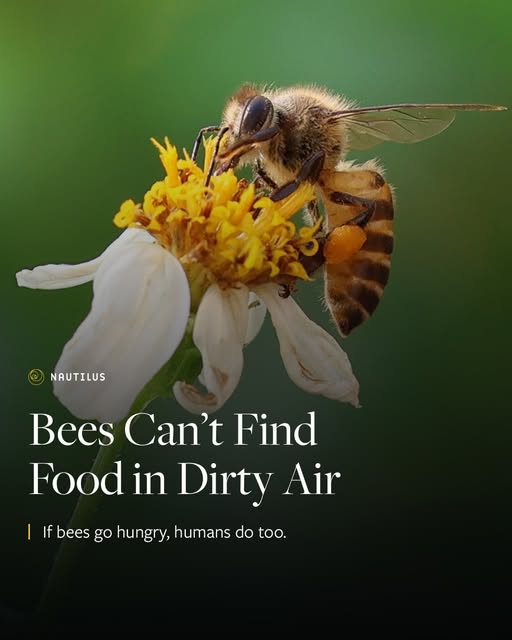How Pollution is Affecting Bees and Their Ability to Forage
Bees play a crucial role in pollination, helping plants and crops grow, which is essential for our food supply. One way bees find flowers is by following “odor plumes,” the smells that flowers release into the air. These plumes act like signals, guiding the bees to the blooms. However, new research shows that pollution, especially ground-level ozone, is interfering with the bees’ ability to follow these smells.
What Are Odor Plumes?
When flowers bloom, they release a scent to attract bees. These scents are made of aromatic compounds that, once released, interact with the air and quickly break down. This quick breakdown helps the bees navigate because the scent doesn’t linger too long. But the problem is that pollution, specifically ozone, speeds up this breakdown process, making it harder for bees to track down flowers.
The Impact of Ozone Pollution
Ground-level ozone is produced from pollutants like car emissions and industrial gases. This ozone interferes with the scent molecules in the air, making them disappear faster than normal. Researchers studied how this affects bees’ ability to find food. They trained bees to recognize certain scents and then tested how ozone affected their ability to follow them. They found that in polluted areas, bees struggle to follow the scent and could even starve as a result.
Why It Matters
Bees don’t just help plants grow—they’re also essential for our food crops. If bees can’t find flowers to pollinate, it could have a significant impact on agriculture. To protect bees and ensure they can continue to help with crop production, the only solution is to reduce pollution, particularly ozone levels.
Helping bees isn’t just about protecting nature; it’s about ensuring our food supply stays healthy.
